Course Description
MTH 102: Elementary Mathematics II Unijos Lecture Note is a continuation of Elementary Mathematics I, designed to provide students with a solid foundation in basic mathematical concepts and techniques. This course typically covers topics such as algebra, geometry, trigonometry, and introductory calculus, emphasizing problem-solving and practical applications.
Course Structure
- Algebra
- Polynomials: Operations, factoring, and solving polynomial equations
- Rational Expressions: Simplification, operations, and solving rational equations
- Exponential and Logarithmic Functions: Properties, equations, and applications
- Systems of Equations: Solving systems using substitution, elimination, and matrix methods
- Geometry
- Basic Geometric Shapes: Properties and relationships of lines, angles, triangles, and circles
- Coordinate Geometry: Equations of lines and circles, distance and midpoint formulas
- Transformations: Translations, rotations, reflections, and dilations
- Congruence and Similarity: Criteria and applications in problem-solving
- Trigonometry
- Trigonometric Functions: Definitions, unit circle, and graphs
- Trigonometric Identities: Fundamental identities, addition and subtraction formulas
- Solving Trigonometric Equations: Techniques and applications
- Applications: Solving right and oblique triangles, trigonometric applications in real-world problems
- Introductory Calculus
- Limits and Continuity: Understanding limits, evaluating limits, and continuity
- Differentiation: Basic differentiation rules, applications of derivatives in graphing and optimization
- Integration: Basic integration techniques, definite and indefinite integrals, applications of integrals
- Statistics and Probability (if included)
- Descriptive Statistics: Measures of central tendency and dispersion
- Probability: Basic concepts, conditional probability, and counting techniques
- Distributions: Common probability distributions and their properties
Learning Outcomes
By the end of this course, students should be able to:
- Apply algebraic techniques to solve equations and systems of equations.
- Understand and use geometric principles in various contexts.
- Utilize trigonometric functions and identities to solve problems.
- Understand the basic concepts of limits, differentiation, and integration.
- Apply mathematical concepts to solve practical problems in various fields.
Assessment Methods
- Exams and Quizzes: To evaluate theoretical understanding and problem-solving skills.
- Homework and Assignments: To practice and reinforce concepts learned in lectures.
- Projects: To apply mathematical techniques to more complex problems and real-world scenarios.
- Class Participation: To encourage engagement and active learning

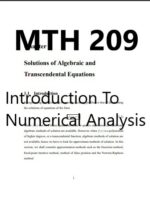
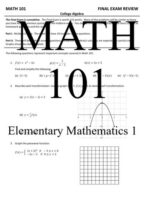
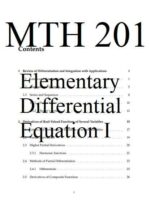
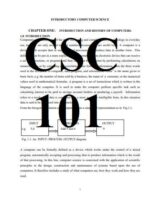
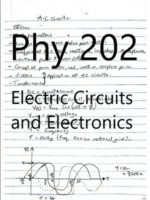
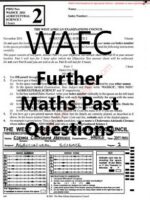
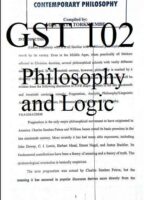
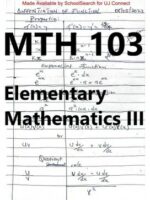
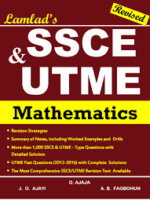
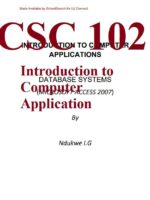
Be the first to review “MATH 102: Elementary Mathematics II”